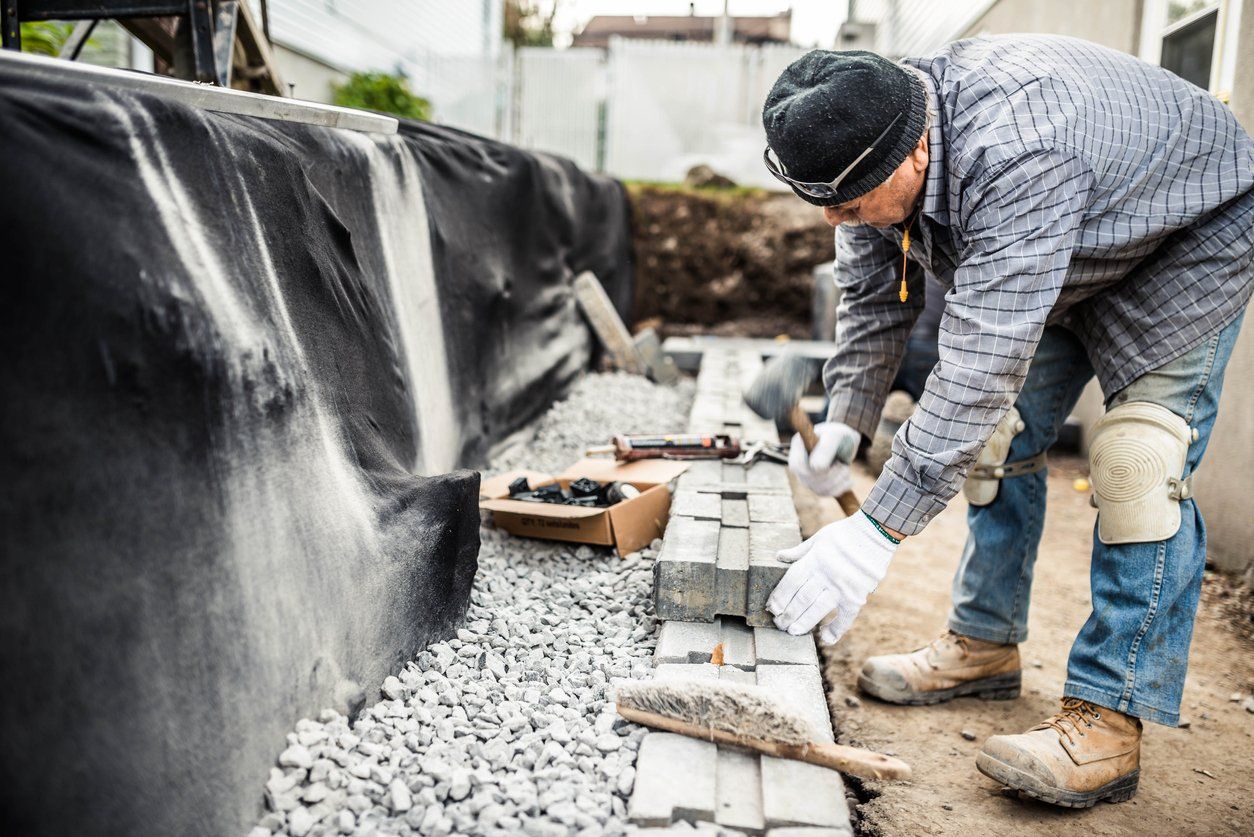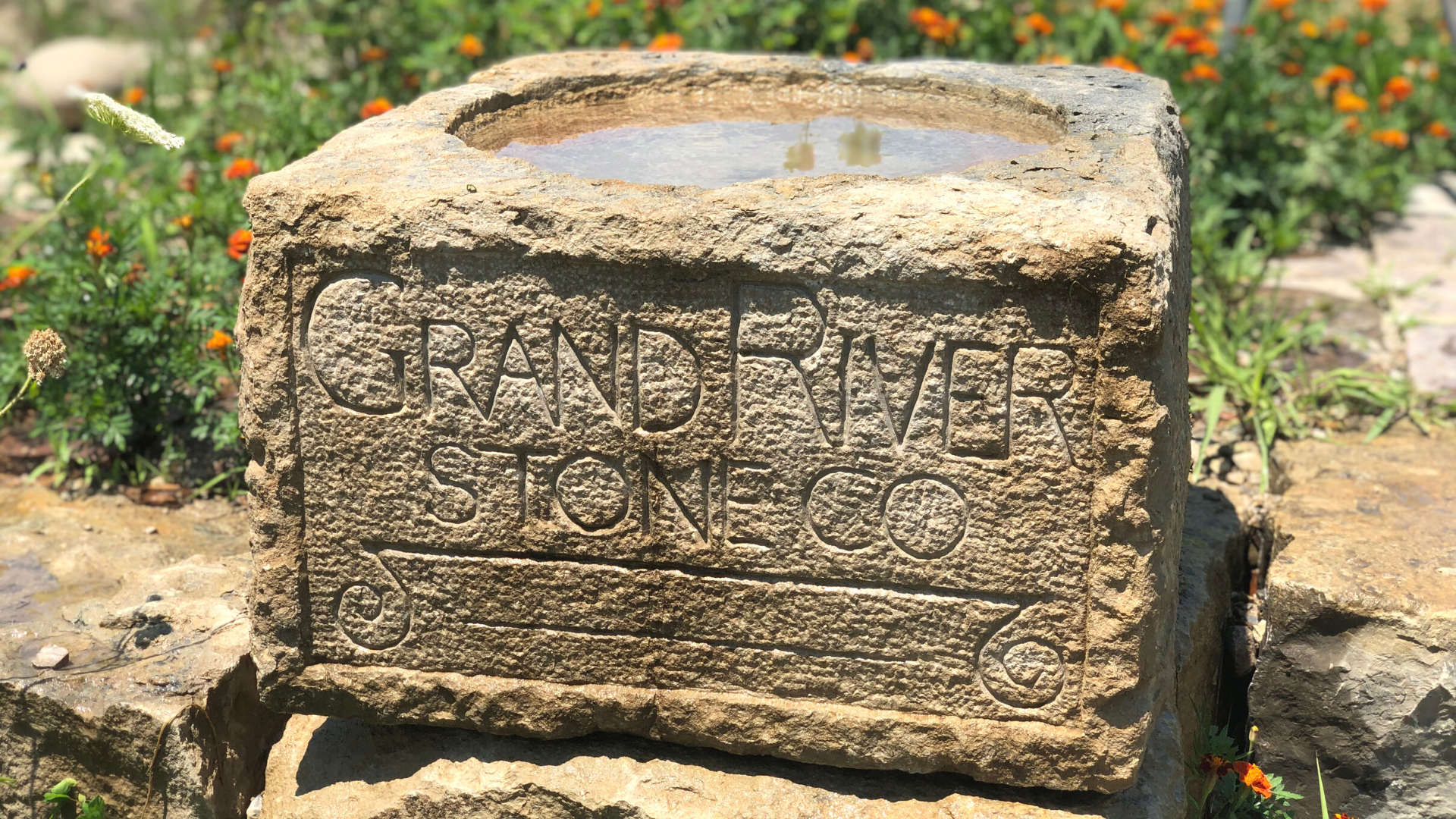Building a Retaining Wall: The Basics
Jun 29, 2022
Retaining walls may be common in construction, but they are also very complex. They're not just a pile of dirt and stone; there's a right way to build them and a wrong way. It's important to have a basic understanding of the different types of walls and materials used so you can make the best choices about your wall. In this article, we cover the basics of building a retaining wall.
Purpose of a Retaining Walls
Retaining walls hold back soil, rocks, or other materials that would otherwise collapse or slide. They commonly protect homes and other structures from landslides or
erosion. Other common purposes include:
Can help create terracing for plantings.
By creating terraces, you can make it easier to water and care for your plants without having to worry about soil erosion. In addition, retaining walls can also help to improve the drainage of your soil, which can improve the health of your plants.
Provides more usable space in a sloped yard.
When a yard slopes, there is often unusable space beneath the slope. A retaining wall can create useable space beneath the slope. This is especially useful if the slope is next to a house or other structure. The wall can create a flat area for planting, walking, or sitting. You can also use this to create an area for storage.

Understanding the Construction of Retaining Walls
Solid footing, stable fill behind.
It is important to create a solid footing first before building a retaining wall. This is usually done by excavating the area and pouring concrete into the hole. Once the footing is in place, stable fill material is placed behind it. This can be anything from gravel to large rocks. The type of material used will depend on the purpose of the retaining wall and the amount of weight it needs to support.
Common materials used to build a retaining wall
- Railroad ties. While this may seem like an affordable option, it's important to note they are prone to rot, since they are made of wood. There are also some health risks associated with them.
- Concrete. This is certainly a more durable material than wood, however, it can fade and crack over time. Home improvement store concrete blocks can look outdated after several years.
- Natural stone. This material has durability and a timeless look. It does not rot like wood and is extremely stable. Grindstone retaining wall blocks are the perfect natural stone for this type of project.
The most important factor in determining the type of retaining wall you need is the amount of force that needs to be resisted. For example, if you're building a wall to hold back a heavy load of soil, you'll need a stronger wall than if you're just trying to keep water from seeping through cracks in your foundation.
The design of a retaining wall must take into account the weight of the material it will be holding back, as well as the height of the wall and the angle at which the earth is pushing against it. These factors will all affect the amount of force that needs to be resisted and will help determine the type and size of foundation required.
When using natural stone to construct a retaining wall, it is possible that walls under 5' tall in some areas will not need any special Engineering. This is because the weight of the stone is enough to resist pressure from the retained area.
Business Hours
- Mon - Fri
- -
- Sat - Sun
- Closed
Service Area
© 2024 | All Rights Reserved | Grand River Stone | Privacy Policy
Web Design by Tekkii, LLC

